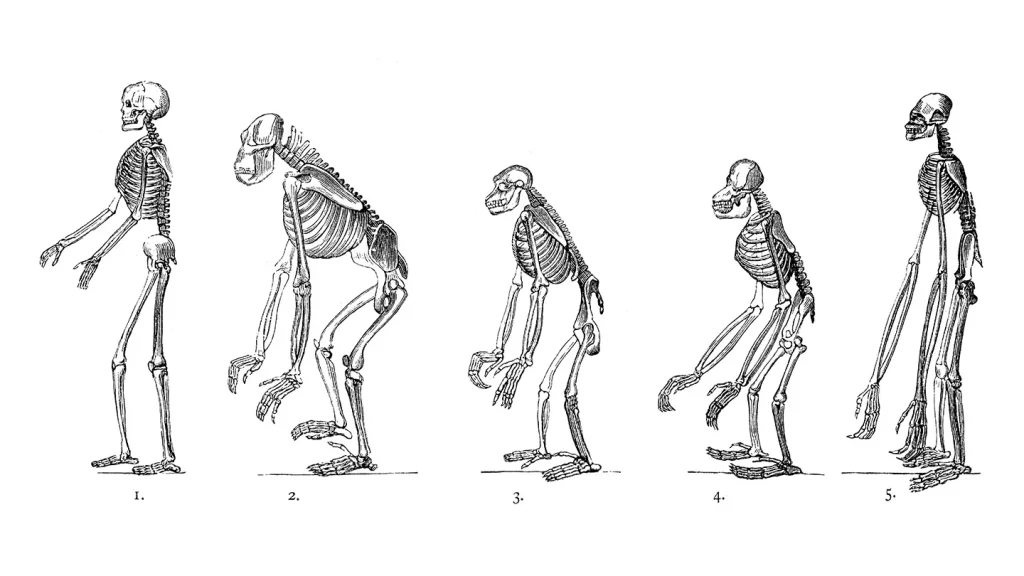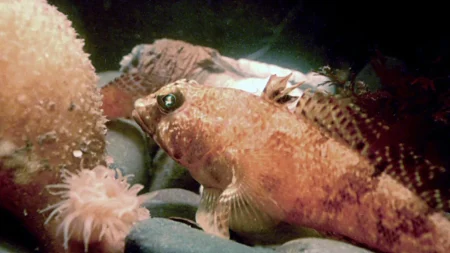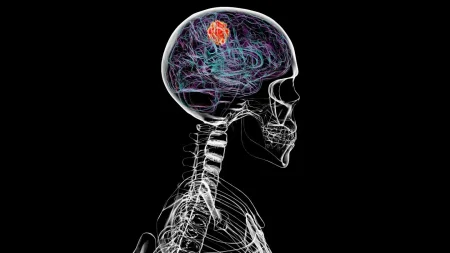The Genetic Key to Human Bipedalism: How Two Small Changes Shaped Our Evolution
A fascinating discovery in evolutionary biology has recently unveiled how just two minor genetic alterations dramatically reshaped the human pelvis, setting our ancestors on the path to walking upright. According to groundbreaking research published in Nature by Harvard University evolutionary biologist Gayani Senevirathne and colleagues, these subtle changes transformed our anatomy in ways that distinguished us from our primate cousins and enabled one of humanity’s defining characteristics: bipedalism. The findings offer a compelling look at how relatively small genetic modifications can lead to profound evolutionary adaptations, fundamentally altering the course of a species’ development and capabilities.
The first critical genetic change involved a 90-degree rotation of the ilium—the wide, fan-shaped bone you feel when you place your hands on your hips. This pivotal shift reoriented the muscles that attach to the pelvis, effectively converting a system optimized for climbing trees and running on all fours into one specialized for standing and walking on two legs. The second change was equally important, though more subtle: a modification in developmental timing that delayed the ossification process, extending how long the ilium remains as flexible cartilage before hardening into bone. Together, these changes produced the distinctive bowl-shaped pelvis that supports our upright posture and bipedal locomotion, a feature unique among primates.
To unravel these evolutionary mysteries, researchers employed a multi-faceted approach, examining thin slices of developing pelvic tissue from humans, chimpanzees, and mice under microscopes and complementing these observations with CT imaging. Their findings revealed striking differences in growth patterns: the human ilium cartilage grows sideways rather than vertically as in other primates, and this cartilage transitions to bone at a significantly slower pace. This developmental pattern allows the pelvis to expand laterally and maintain its wide, bowl-like shape throughout growth—a feature critical for stability when standing on two legs. Through genetic analysis, the scientists linked these anatomical shifts to specific biological switches that control gene activation, showing that in humans, cartilage-forming genes activate in regions that prompt horizontal bone growth, while bone-forming genes activate later and in different locations than in our primate relatives.
The research team believes these genetic rewiring events occurred early in hominid evolution, after humans diverged from chimpanzees. What makes this discovery particularly significant is how it reinforces a fundamental concept in evolutionary developmental biology: major anatomical innovations often arise not from entirely new genes, but from subtle adjustments in the timing and location of existing gene activity. As University of Missouri anthropologist Carol Ward notes, “One of the most significant things about this change is it shows how critical it was to establish the ability to stand on one foot at a time, which lets us walk on two feet”—highlighting the evolutionary importance of these seemingly small genetic modifications.
Interestingly, this research didn’t begin as an evolutionary study at all. Funded by the National Institutes of Health, the team was originally investigating how the pelvis and knees form to better understand human hip disorders. “It was geared towards biomedical research,” explains lead researcher Terence Capellini, “understanding how you build a pelvis and why it’s different [from other primates and mice], and more importantly, why it leads to disease.” This unexpected evolutionary insight emerged from medical research, demonstrating the often-serendipitous nature of scientific discovery and the interconnectedness of different biological fields.
Perhaps most intriguing are the potential evolutionary trade-offs these pelvic changes may have introduced. The same adaptations that enabled bipedalism might have made our hips more susceptible to osteoarthritis—a condition far more prevalent in humans than in other primates. Yet these modifications may have had additional, far-reaching consequences: Capellini speculates that wider hips could have created a more spacious birth canal, potentially facilitating the later evolution of larger-brained babies. “It’s an interesting kind of theoretical question,” he notes, “but it could actually have been a practical facilitator of future brain evolution.” This suggests that the genetic changes enabling bipedalism may have inadvertently paved the way for another uniquely human trait—our exceptional cognitive capacity—highlighting the complex, interconnected nature of evolutionary adaptations that collectively shaped what it means to be human.














